All roads lead to Rome, one of the reasons why the Roman Empire became as powerful as it did was because of their ingenious and long-lasting roads. The Romans were famous road builders.
Their vast road network laid the foundations for modern day highways across Europe, and many of them are built directly over the ancient ones or run parallel to them.
At the peak of the Roman Empire, the total distance that the roads covered was more than 400,000 km.
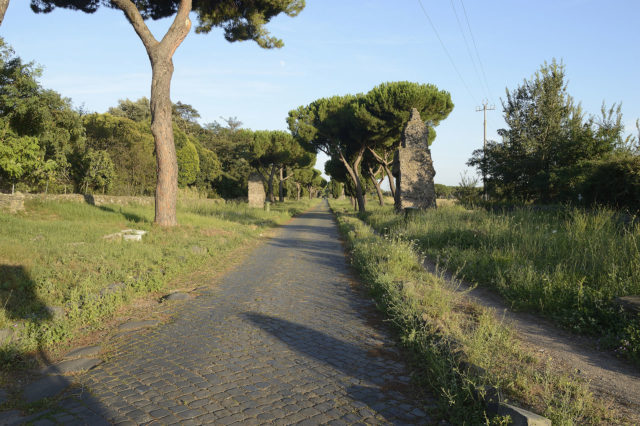
With the help of this network, the Romans were able to transport reinforcements, supplies, and trade goods to even the most distant and secluded parts of their empire.
The roads were also crucial for the foundation and development of many cities. Settlers often picked roadside locations for their settlements, and some of those settlements became major cities.
One such famous road that brought prosperity to a whole region, built in the second century BC, was called Via Egnatia.
It connected Rome with the Eastern provinces of Illyricum, Macedonia, and Thrace. Those provinces are the territories of Albania, Macedonia, Greece and the European part of Turkey.
The Via Egnatia stretch of road was an important part of the Roman road network mainly because it connected Rome with Constantinople (modern day Istanbul).
It became a lifeline between the Western and Eastern part of a huge Empire.
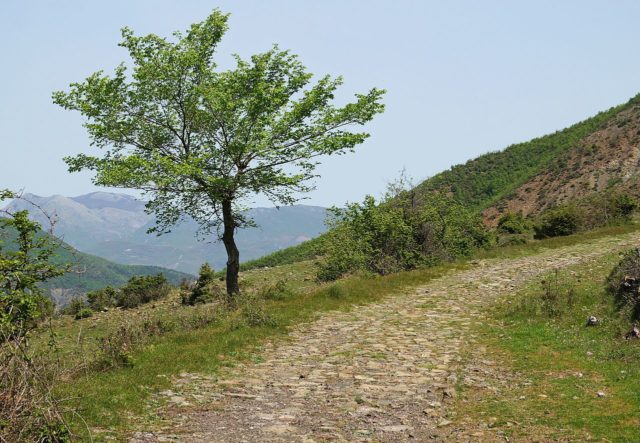
The need for such road arose with the Roman expansion towards the east. At the time before the road existed, there was no infrastructure in the newly conquered provinces and communication with Rome was hard.
According to some written account, the construction of the road began in 145 BC, under the supervision of Gnaeus Egnatius, the newly appointed governor of the province of Macedonia.
The road took the name of its builder, Gnaeus Egnatius.
Via Egnatia begins on the East shore of the Adriatic Sea, near the ancient port of Dyrrachium (modern day Durres, Albania) and it lays directly opposite from Brindisi, at the end of Via Appia.
Via Appia was one of the oldest and most prestigious roads in the ancient Roman Empire which connected Rome to Brindisi, on the western shore of the Adriatic.
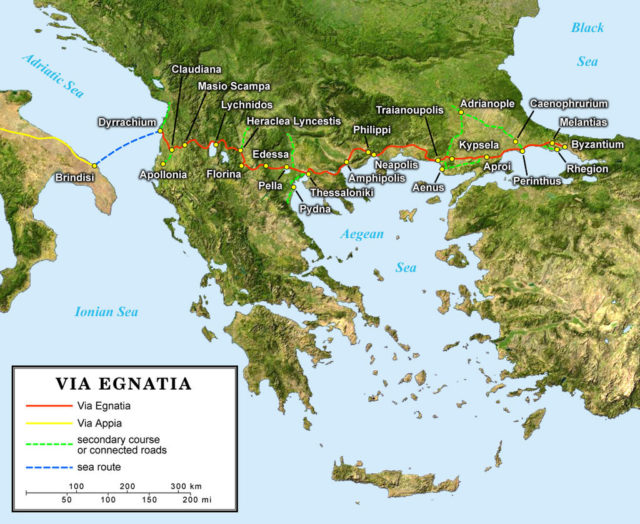
The road then followed the river Genusus (Shkumbin) and went over the Jablanica Mountain from where it descended to the shores of Lake Lychnitis, and it passed near the ancient town of Lychnidos (modern day Ohrid, Macedonia).
From here, the road turns South and goes over a few high mountain passes, and it continues East passing through Pella (the ancient capital of the kingdom of Alexander the Great). Then the road reaches the northern coastline of the Aegean Sea at the city of Thessalonica.
From Thessalonica, the road went all the way to Constantinople (Istanbul), and it covered a total distance of around 1,120 km.
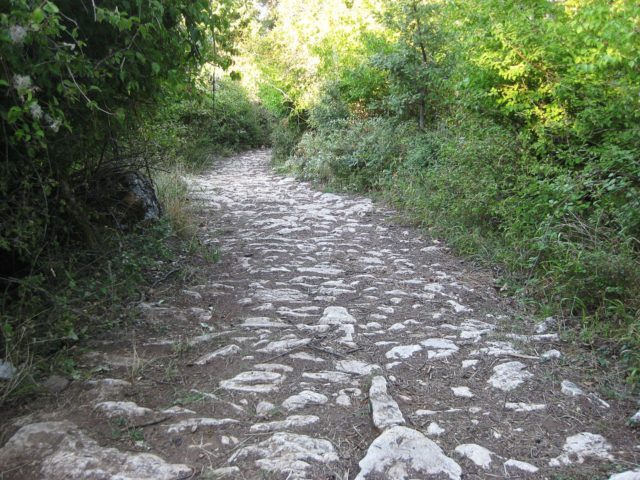
Since it was constructed, Via Egnatia played a major role in the shaping of the whole region. It was used for spreading Roman culture, religion, and shaping borders.
In the Byzantine days, most of the land trade routes with Western Europe passed through Via Egnatia.
Later, during the Crusades, most of the armies that traveled by land used Via Egnatia to reach Constantinople from where they went to the holy land.
Via Egnatia part of many historically significant moments in Roman history, and it has been mentioned by many historians.
Paul the Apostle (Sain Paul) on Via Egnatia during his famous second missionary journey, traveled from Philippi to Thessalonica and it has been mentioned in Acts of the Apostles (the fifth book of the New Testament)
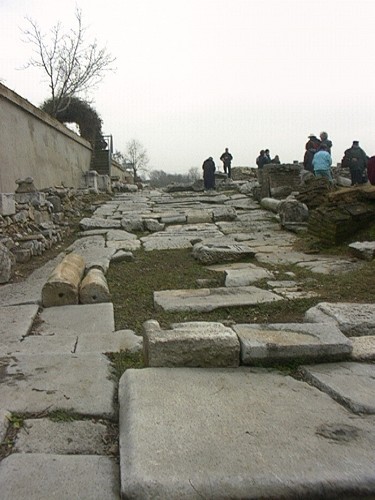
During Caesar’s civil war, Julius Caesar and Pompey the Great marched their armies along Via Egnatia.
One more exciting moment in history happened along the Via Egnatia; the forces of Mark Antony and Octavian followed Cassius and Brutus along Via Egnatia to avenge Julius Caesar’s murder (the battle of Philippi).
Liberators’ civil war Mark Antony and Octavian pursued Cassius and Brutus along the Via Egnatia to their fateful meeting at the Battle of Philippi.
It was also used by the Ottomans during their conquest of Europe.
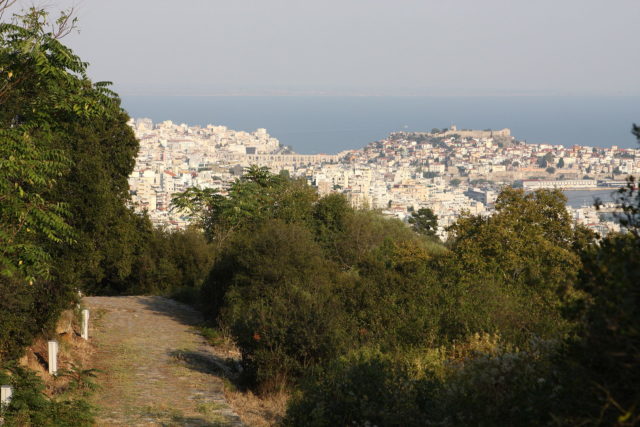
Today, some segments of the Via Egnatia can still be seen scattered across Albania, Macedonia, Greece, and Turkey. This speaks a lot about the durability of ancient Roman roads.
There is also a modern highway in Greece called Egnatia Odos which runs parallel with the ancient Via Egnatia. This stretch that connects Thessaloniki with the Turkish border on the Evros river carries the legacy of the Roman road builders.